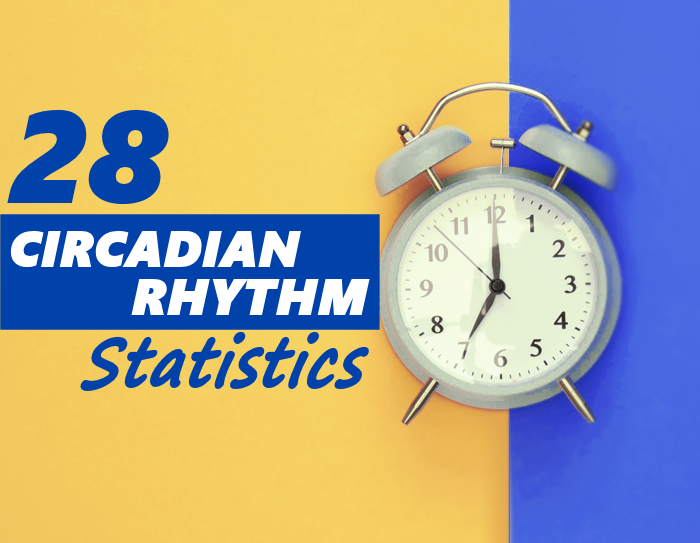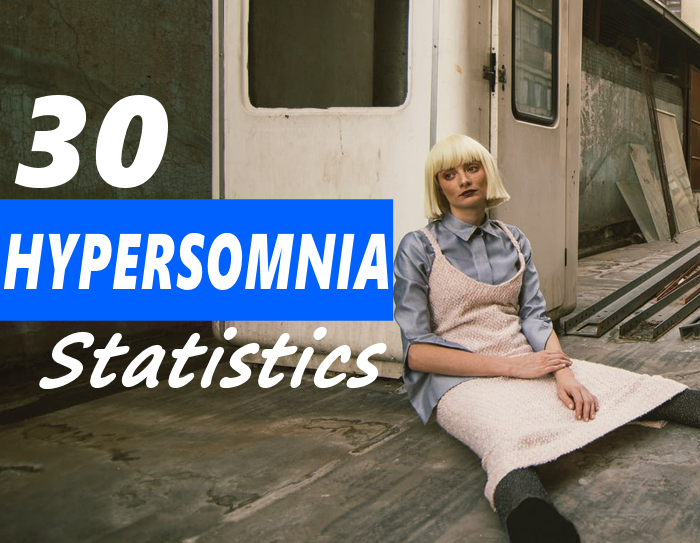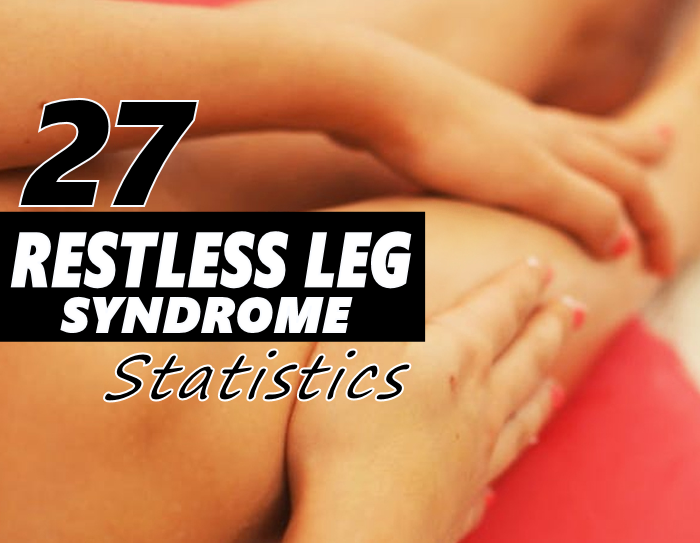


30 Hypersomnia Statisitics-Stats and Facts

Narcolepsy Statistics-30 Statistics and Facts

Restless Leg Syndrome Statistics-Understand the Facts

Sleep Guide for Seniors-Seniors Wake Up 3-4 Times a Night
Sleep Guide for Seniors It can be hard to get the recommended amount of sleep every night. No matter where you are in life, things creep up that interrupt your ability to sleep well. It’s a cycle, really. Babies wake often for feeding, but somehow instinctively know they need to sleep and still maintain their overall sleep quantity. Kids get busy with gymnastics, karate or any number of other activities. These can leave them amped up and unable to sleep. It could also, in some cases cause exhaustion and oversleeping, which is not good either. The stress of being a teenager may lead to insomnia or anxiety that keeps you… Read More
Continue Reading